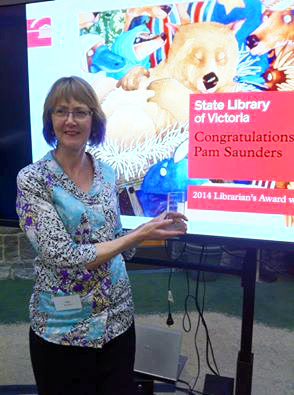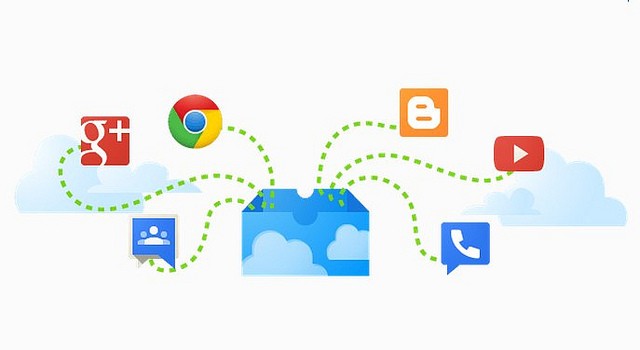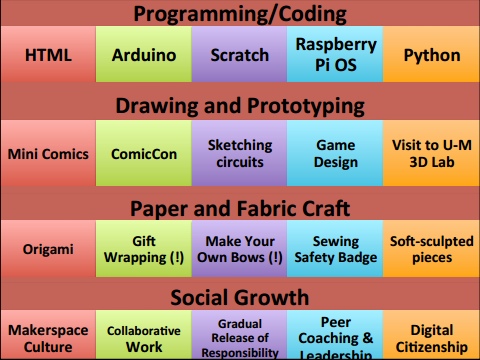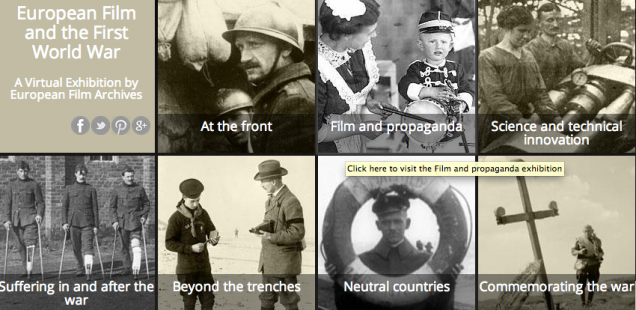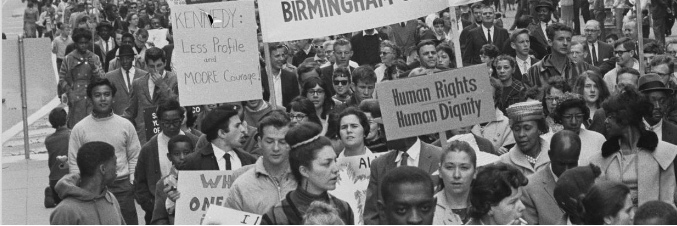 The Hour of Code is an international activity aimed at involving K-12 students in the understanding and creation of computer code. Initiated by Hadi Partovi, the Hour of Code attracted approximately 20 million participants in 2013, the majority of whom were from the US. This year the message has spread further with the goal to attract 100 million participants worldwide. With today’s students living and, potentially working, in a technology-saturated world, digital literacy is an essential skill. Hadi Partovi, founder and CEO of non-profit organisation behind the Hour of Code – Code.org explains the need for students to have a better understanding of how technology works, saying:
The Hour of Code is an international activity aimed at involving K-12 students in the understanding and creation of computer code. Initiated by Hadi Partovi, the Hour of Code attracted approximately 20 million participants in 2013, the majority of whom were from the US. This year the message has spread further with the goal to attract 100 million participants worldwide. With today’s students living and, potentially working, in a technology-saturated world, digital literacy is an essential skill. Hadi Partovi, founder and CEO of non-profit organisation behind the Hour of Code – Code.org explains the need for students to have a better understanding of how technology works, saying:
The Hour of Code is designed to demystify code and show that computer science is not rocket-science, anybody can learn the basics.
Students can register to participate in the Hour of Code between 8-12 December. This is difficult timing for the Victorian students who finished school for the year last week, however, a bit of forward planning may be able to sort something out for next year. Students aim to achieve the goal of participating in one hour of code development and the understanding of how code works. Computers are not essential. Computational thinking is the aim and educator Vicki Davis provides a range of options in her Edutopia post 15+ ways of teaching every student to code (even without a computer).
Chris Betcher in writing for ABC Splash explains the importance of this initiative:
…this push towards helping our students learn the ideas of coding is not simply about getting them to write computer programs. It’s about helping them to learn to think clearly; identify and analyse problems; come up with creative, innovative solutions; and, ultimately, help make the world a better place. The thing about coding is that it’s far more about learning to think clearly and creatively than it is about doing nerdy computer stuff. Put simply, good coders are usually good thinkers.
Also check out The Hour of Code @ Splash and take your students to a new level of thinking. This initiative also supports changes to the Australian Curriculum for Victorian schools to be introduced in 2015 whereby the Technologies program will include both Design and Technologies as well as Digital Technologies in place of the General Capability – ICT.



